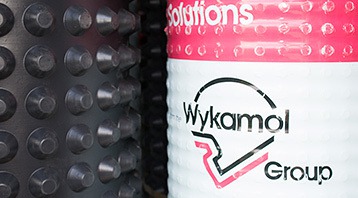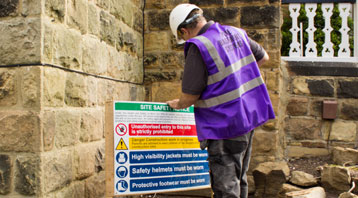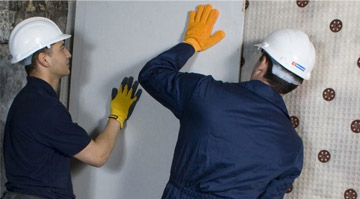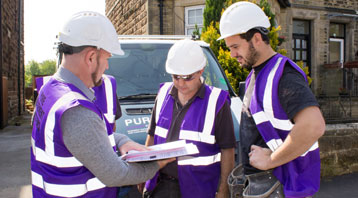Frequently Asked Questions
Do you do small single room cellar conversions?
Yes we do lots of single room cellar conversions – have a look at our case studies page. We also provide multi room complete basement conversions – again have a look at our case studies page
Do you fit battery back-up kits to your sump pumps?
We offer our clients a range of sump pump stations dependant on site conditions, client requirements and budget- have a look at our sump pump page for further information.
Do I need to contact the local council if I want to do a basement conversion?
The relevant local authority become involved in the alteration of buildings for the grant of planning permission and building regulations approval. Planning Permission for a basement conversion would not normally be required unless it was for alterations to a Listed building or within a conservation area. However, when appointed our Architect would generally enquire with the local authority to check the planning status on behalf of our client. Building regulations approval would always be required for a basement conversion into habitable space covering elements of structure, means of escape, drainage, thermal requirements etc…
Do I need an Architect for a basement conversion?
Possibly not, however it is recommended that an Architect be appointed to produce design drawings for client approval and technical drawings for the necessary local council approvals and to assist the building process.
Do I need planning permission to do a basement conversion?
The particular circumstances of the building in question will determine whether planning permission is required, such as, whether it is a Listed building but most cellar conversions and basement conversions do not need Planning Permission.
What’s the minimum head height for a basement conversion?
Architects would never recommend less than 2 Meters as a clear floor to ceiling height in a basement conversion.
What is tanking?
Tanking (cellar tanking) is a type of waterproofing system which attempts to keep water / dampness out of a basement conversion or cellar conversion. Tanking can be a very effective solution to a damp basement or a flooded basement. However, preparation, installation and finishing have got to be excellent to achieve satisfactory results. A modern approach to basement waterproofing is to install an impervious plastic membrane which allows the basement to drain. The membrane is fully sealed and resistant to dampness. This type of basement waterproofing is called Cavity Drainage Membrane – it offers predictable effective results even where severe basement water ingress is a problem.
Do I need to fit a sump pump in my basement, cellar or basement conversion?
If your property had a flooded basement or flooded cellar often the easiest most cost effective way to remove standing water is to install a sump pump. If you are embarking on a basement conversion or cellar conversion and you are having a cavity drainage membrane it is imperative that you install a sump pump. The british standard for basement waterproofing and the manufacturers of the water proofing systems require that you install a sump. It is important to install a sump pump as part of your cellar conversion, although the walls and floor could be dry – that’s never to say that local flooding wouldn’t be a problem in the future.
Do you only do basements conversions in Yorkshire?
We carry out basement conversion and cellar conversion throughout the UK





















